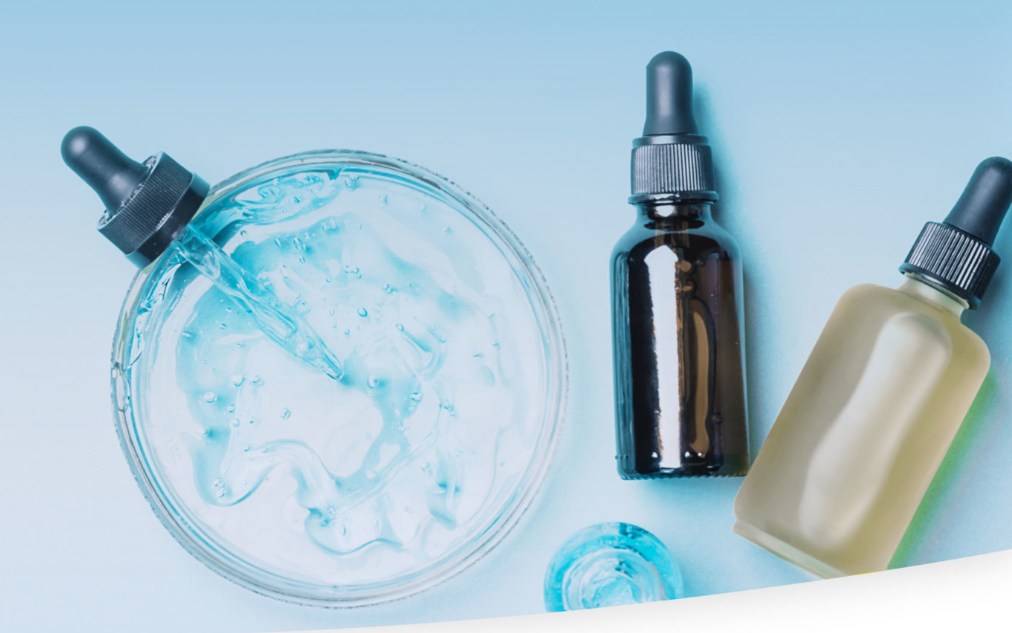What is hyaluronic acid-
Hyaluronic acid, also known as hyaluronic acid, is an acidic mucopolysaccharide that is the main component of the human intercellular matrix. At the beginning, this substance was isolated from the bovine vitreous body, and the hyaluronic acid machine exhibits various important physiological functions, such as regulating vascular wall permeability, regulating proteins, and promoting wound healing.
Hyaluronic acid is a skin tissue component with characteristics such as water retention, lubrication, film-forming, promoting epithelial regeneration, and safety. It has a certain repairing effect on the skin barrier of sensitive skin. It belongs to the polysaccharide class and is widely distributed in various tissues of the human body. It has water retention and skin elasticity in the dermis, and there is also a large amount of hyaluronic acid present between cells in the lower layer of the epidermis. Hyaluronic acid is the main component that constitutes the intercellular matrix and extracellular matrix of skin cells. Because of its excellent moisturizing effect, it has become an ideal natural moisturizing factor.
-The mechanism of action of hyaluronic acid-
Hyaluronic acid has high hydrophilicity and water retention, and can absorb water up to 1000 times its weight. Hyaluronic acid, along with other mucopolysaccharides, collagen, and elastin, together form a highly hydrated extracellular matrix, making the skin more tender and elastic.
The efficacy of hyaluronic acid-
Hydrating and moisturizing
Hyaluronic acid contains a large amount of hydroxyl and light groups, which can absorb hydrogen bonds to form aqueous solutions. It can combine with more than 400 times its own water and has a super strong hydration effect.
Tightening and anti-aging
It can promote the balance of supply and demand of skin nutrients and the metabolism of waste, fill cell gaps, fade fine lines, and make the skin more compact.
Repair skin
By promoting the proliferation and differentiation of epidermal cells and clearing oxygen free radicals, it promotes the regeneration of the injured skin.
Antibacterial and anti-inflammatory properties
It can form a gel to bind cells, ensure the normal metabolism and water holding function of cell tissues, prevent harmful substances from invading cells, and prevent various infections.
Fill dents
Hyaluronic acid can be used to fill some pits, wounds, and scars caused by injuries, so it is widely used for filling wrinkles and depressions.
Hyaluronic acid derivatives-
Hyaluronic acid
Hydrolyzed hyaluronic acid
Acetylated sodium hyaluronate
Sodium hyaluronate cross-linked polymer
Sodium hyaluronate
Hydrolyzed sodium hyaluronate
Post time: Jun-13-2024




